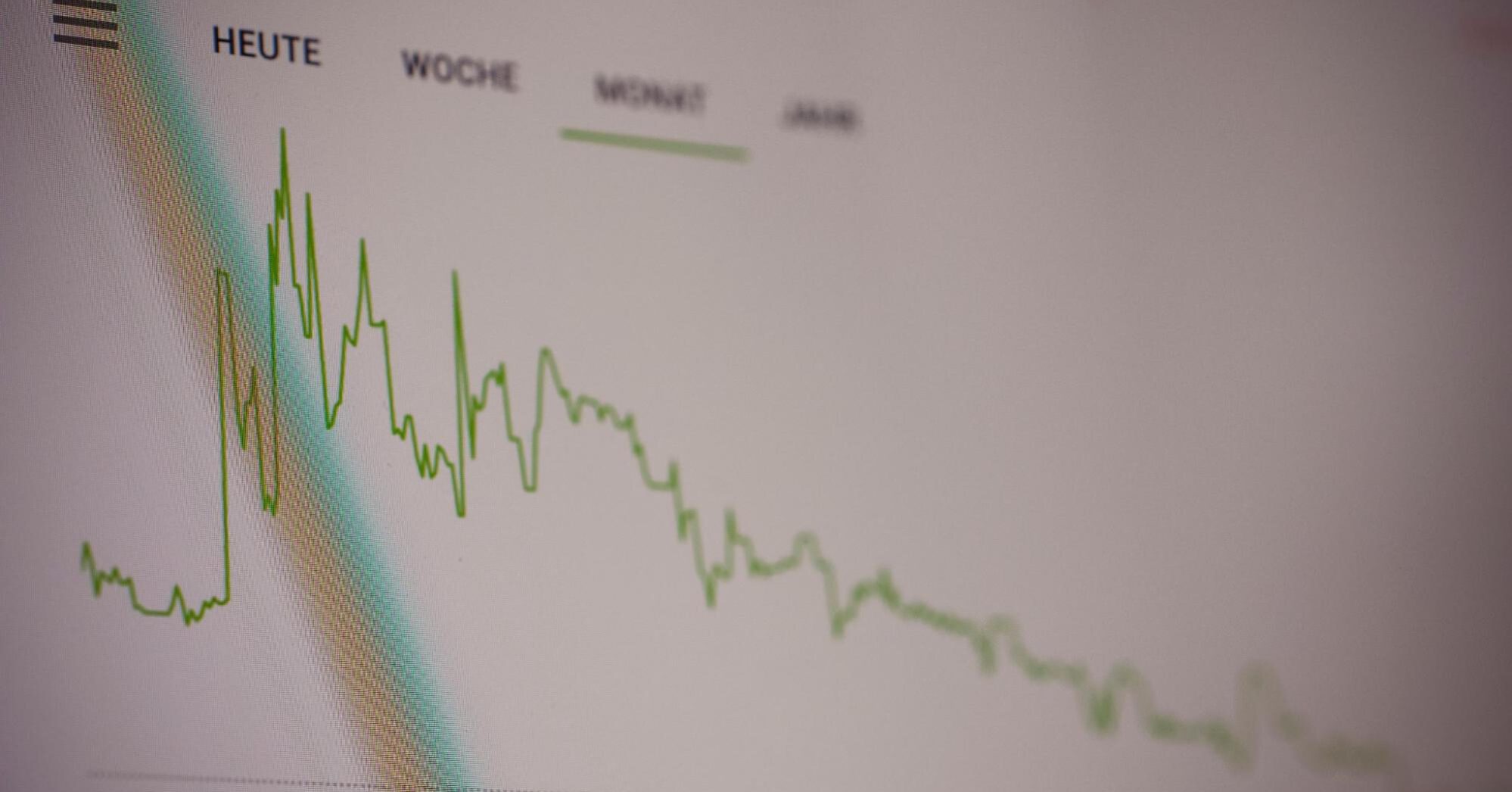As concerns mounted over the spread of the Delta variant in August, investors reduced their appetite for risk considerably. The dollar, however, remained the big winner in August, as it was still considered a safe haven by investors.
US dollar shrugs off weak consumer sentiment
The beginning of August was marked by an improvement in the risk sentiment. Concerns over the Chinese economic growth and the regulatory crackdown on its tech industry eased.

News about the U.S. infrastructure spending plan in Congress aided sentiment. The U.S. Senator Kyrsten Sinema (D-AZ) introduced a $1.2 trillion infrastructure bill with bipartisan support to the U.S. Senate. Despite the bipartisan infrastructure bill, U.S. treasury yields dropped as investors fled into safe assets.
This changed when the jobs data was released, which helped boost investor risk tolerance, at the same time boosting treasury yields. Stronger than expected jobs report heightened the dollar as well. Investors believed that the jobs recovery will put pressure on the Federal Reserve to start the process of monetary policy normalization.
Mid-August, the dollar experienced a major sell-off after the release of consumer sentiment data. The U.S. Consumer sentiment in early August dropped to its lowest level in a decade — one of the largest drops in the past 50 years.
Nevertheless, the U.S. dollar continued to climb higher, helped by long-term US bond yields. The US Dollar Index reached 2021-highs near the end of the month, at around 93.60.
Euro unphased by mixed economic data
At the beginning of August, Eurozone’s Retail Sales data showed a rise of only 1.5% month-over-month in June versus 1.7% expected. July’s numbers were at 4.1%. The substantial drop did not have an effect on the Euro.
There was good news as well. Data on the German Factory Orders outperformed expectations in June. Contracts on goods made in Germany increased 4.1% month-over-month versus 1.9% expected and -3.2% in July. Still, the Euro remained unaffected.

© Moritz Lüdtke on Unsplash
Markets were weighed by a concern over the Delta variant’s effect on global growth. The Eurozone ZEW Economic Sentiment for August fell to 42.7, versus the 61.2 for the previous month and 72.0 consensus forecast. According to ZEW President Achim Wambach, the expectations dropped due to concerns over the risks for the German economy and a possible fourth wave of the pandemic.
Mid-August, June inflation data was released. June inflation in the Eurozone was 2.2% year-over-year, a 0.1% drop from the previous month. ECB’s chief economist Philip Lane reiterated the bank’s commitment to 2% inflation. He also emphasized the need for forward guidance on interest rates, something that was revealed as a topic of discussion in the ECB’s Monetary Meeting Accounts later in August.
Near the end of the month, the Bundesbank noted that the German economy could fall short of the bank’s growth forecast for 2021, due to the risk of the Delta variant. The bank noted that a slowdown in vaccine rollouts could lead to stricter pandemic restrictions in the near future.
Strong British economy outweighed by coronavirus concerns
At the beginning of August, economic data for Britain was in line with expectations. The seasonally adjusted IHS Markit/CIPS UK Manufacturing Purchasing Managers’ Index (PMI) was steady at 60.4 for July.
The Bank of England’s (BoE) growth forecast for the British economy remained unchanged, at 7.25% in 2021. Second-quarter growth was at 4.8% for Britain, compared to -1.6% growth in Q1, meeting expectations.

On the monetary side, the BoE Deputy Governor Ben Broadbent reiterated the bank’s belief that the factors behind inflation are transitory. However, he noted that moderate policy tightening might still be necessary. Inflation is expected to hit 4% in Q4 of 2021 and Q1 of 2022.
Mid-month, jobless rate data was better than expected, at 4.7%. Consensus expectations were at 4.8%, the same as in the previous month.
The positive economic data did not make a difference for the GBP. Investors were still worried about the increase of COVID-19 cases in the country. At the end of the month, GBP struggled to hold 1.37 against the dollar.
Positive economic data give a momentary boost to CAD
The month for CAD trading began as disappointing PMI data from the US and China showed that the pandemic could still pose a threat to global recovery. Oil, a major Canadian export, was hit as well.

© Philippe Beliveau on Unsplash
August’s release of economic data for Canada was favorable. Canada’s trade surplus increased to C$3.2 billion in June after a C$1.58 billion deficit in May. The unemployment rate fell to 7.5% in July, from 7.8% in June. As a result of the data, CAD strengthened against the USD, before dropping back to the previous rate.
At the end of August, GDP numbers were released, showing a monthly increase of 0.7% in June, in line with market expectations.
Japan’s COVID-19 state of emergency weighs on the fiscal outlook
At the beginning of August, Japan was facing a large surplus of unused money in the treasury. Japan’s Finance Minister stated that the government is not considering submitting an extra budget, as the fiscal situation worsened.
Mid-August, Japan’s GDP numbers showed economic growth for the first time in two quarters, at 0.3%.

© Bing Hui Yau on Unsplash
The government extended its soft lockdowns in regions including Tokyo, adding other regions to the lockdowns. The state of emergency was set to expire at the end of August. However, near the end of the month, the emergency was extended to September 12. It was also expanded to 8 more regions.
Wrap up
COVID-19 sentiment weighed heavily on the major economies and their respective currencies. Positive economic data was outweighed by coronavirus concerns in Japan, Canada, and Europe. Japan and Germany suffered as investors saw them at risk of renewed pandemic lockdowns. The dollar was boosted by a reduced risk appetite, as investors fled to safe havens.




